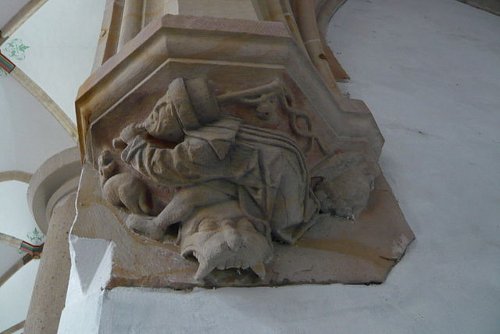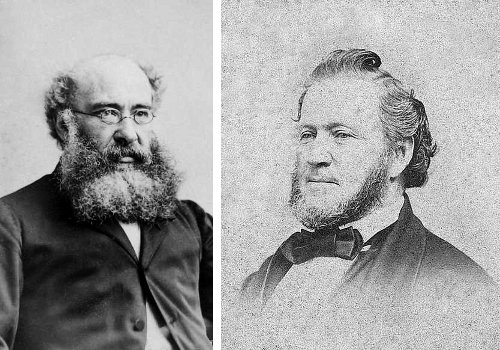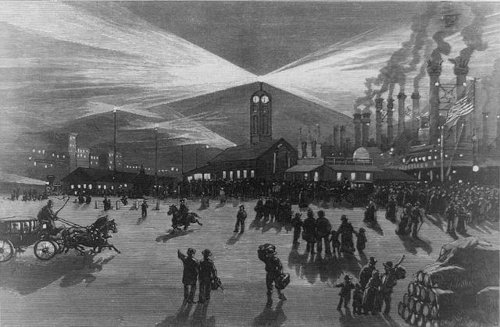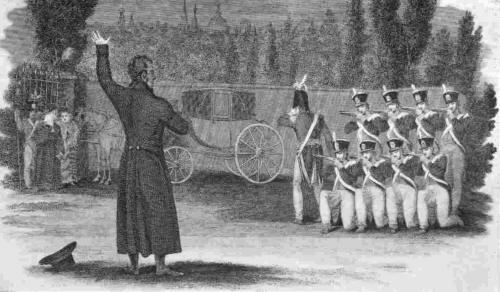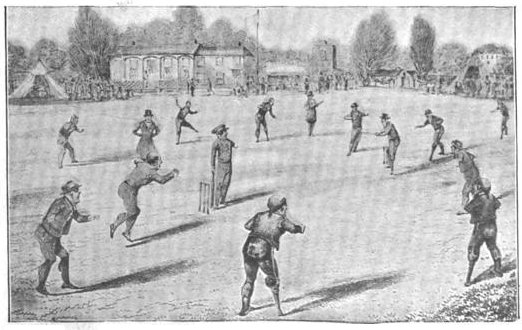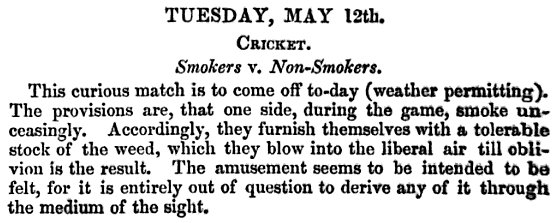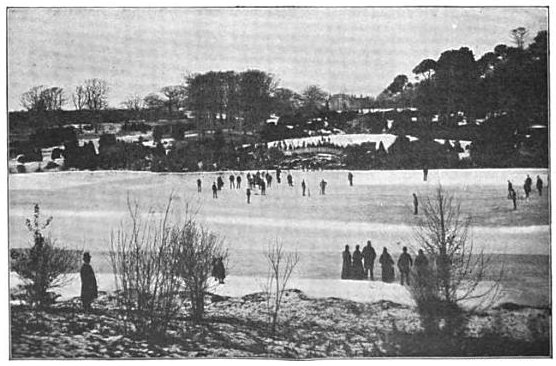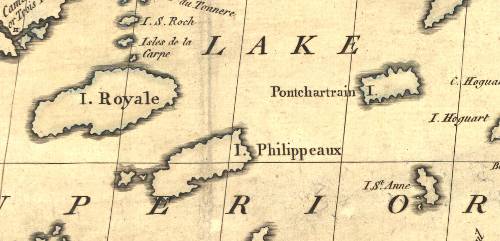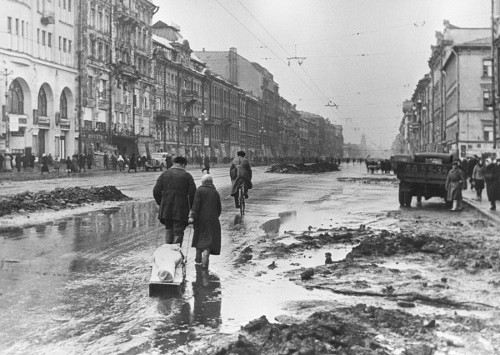
A gruesome detail from the siege of Leningrad, from the diary of ballet teacher Vera Sergeevna Kostrovitskaia, April 1942:
And there, across from the entrance to the Philharmonic, by the square, there is a large lamppost.
With his back to the post, a man sits on the snow, tall, wrapped in rags, over his shoulders a knapsack. He is all huddled up against the post. Apparently he was on his way to the Finland Station, got tired, and sat down. For two weeks while I was going back and forth to the hospital, he ‘sat’
- without his knapsack
- without his rags
- in his underwear
- naked
- a skeleton with ripped-out entrails
They took him away in May.
That’s from Cynthia Simmons and Nina Perlina, Writing the Siege of Leningrad, 2002. They add, “The man was apparently heading for the Finland Station in the hope of getting out of Leningrad on Lake Ladoga, the ‘Road of Life.'”
Housewife Sof’ia Nikolaevna Buriakova remembered, “Having grown numb from work, having lost a sense of what was permissible, the gravediggers stooped to all sorts of disgusting jokes, even blatantly violating the deceased. On the road leading to the communal grave a tall corpse had been stood with a cigarette sticking out of his mouth. His frozen, iced-over arm pointed the way to the trench graves.”

